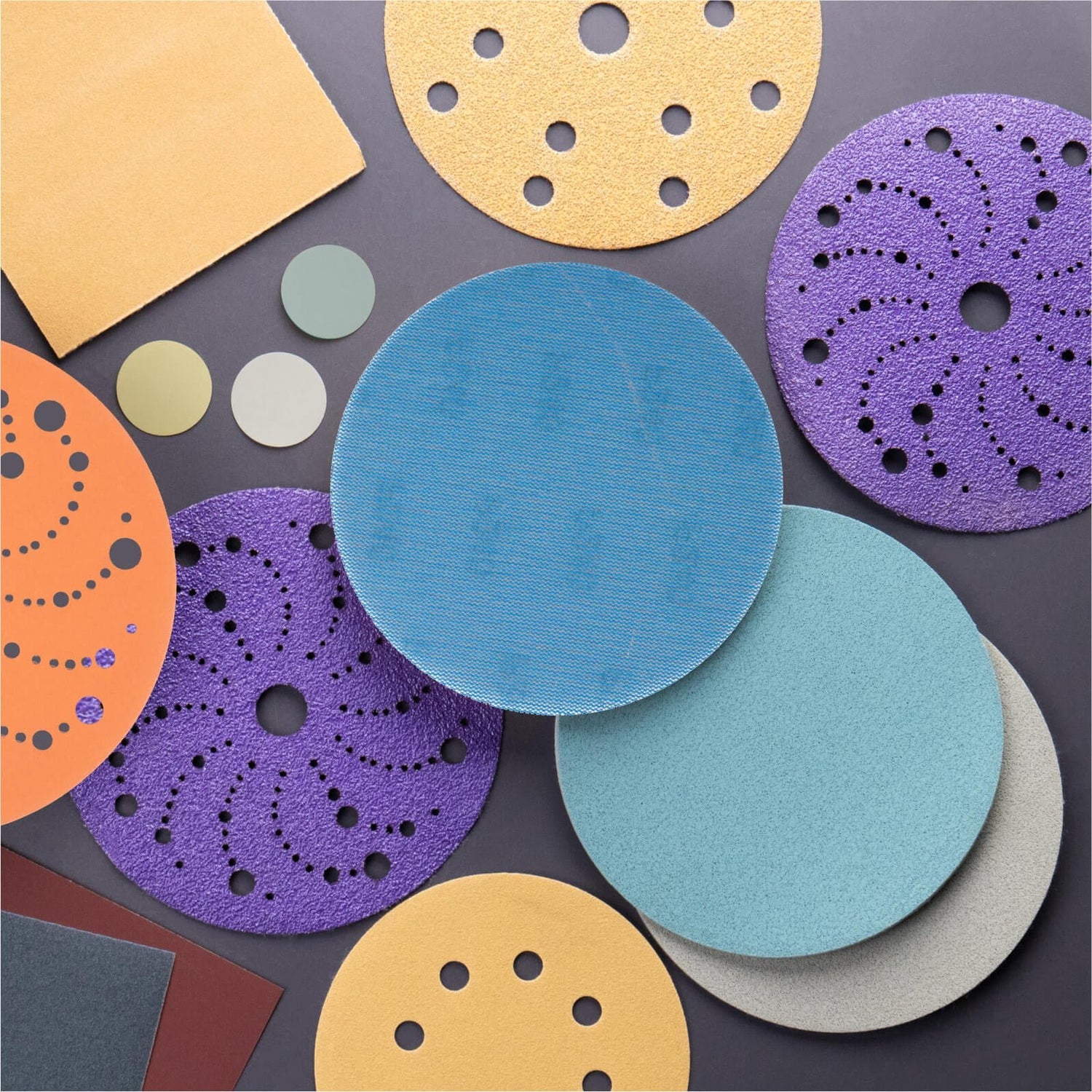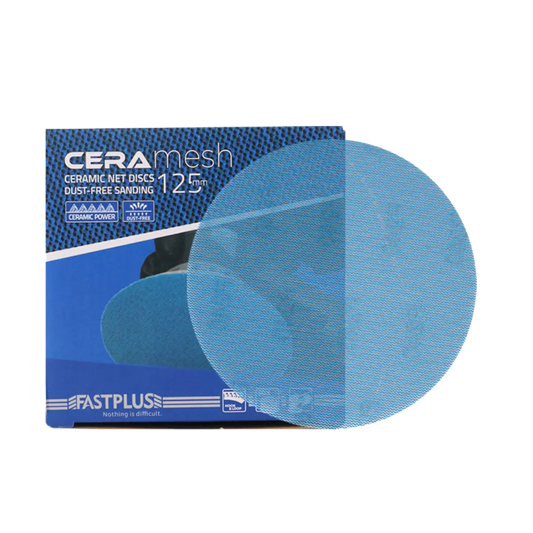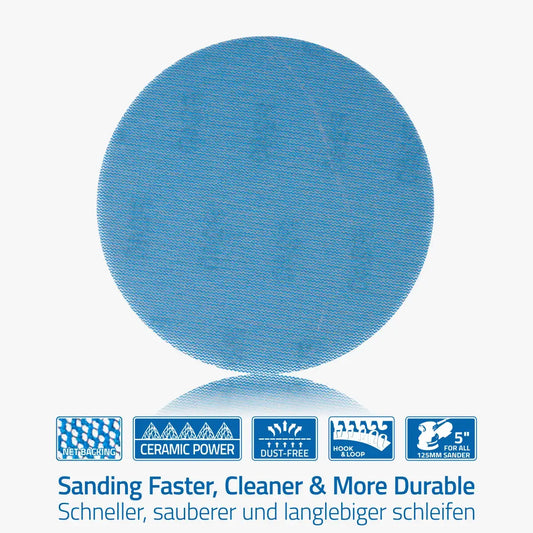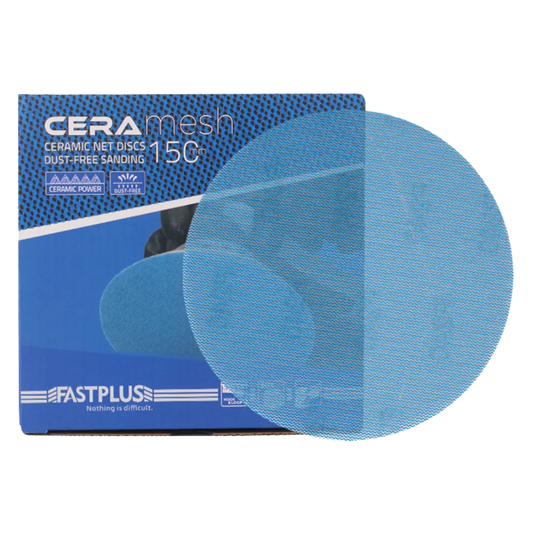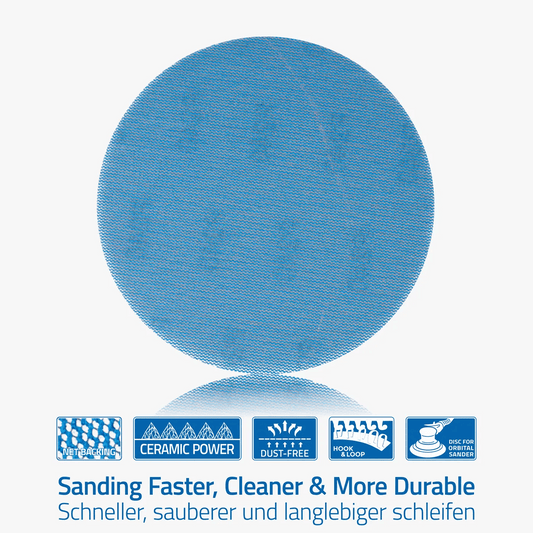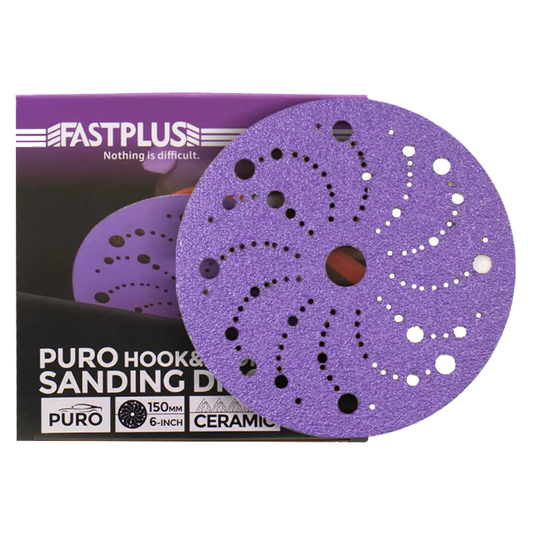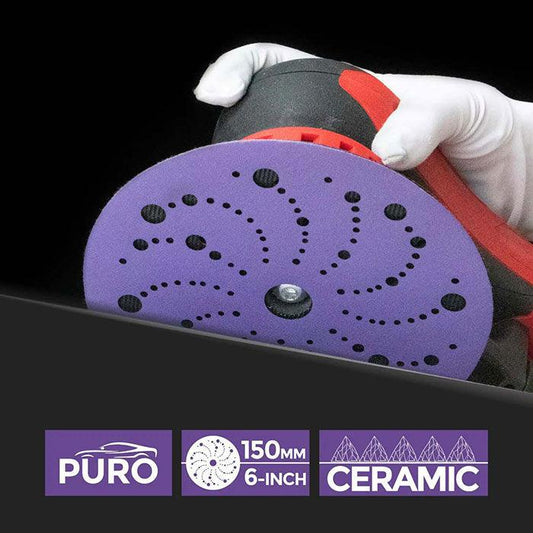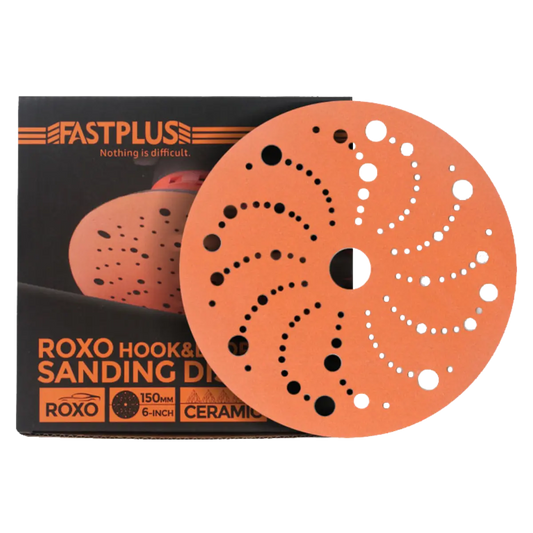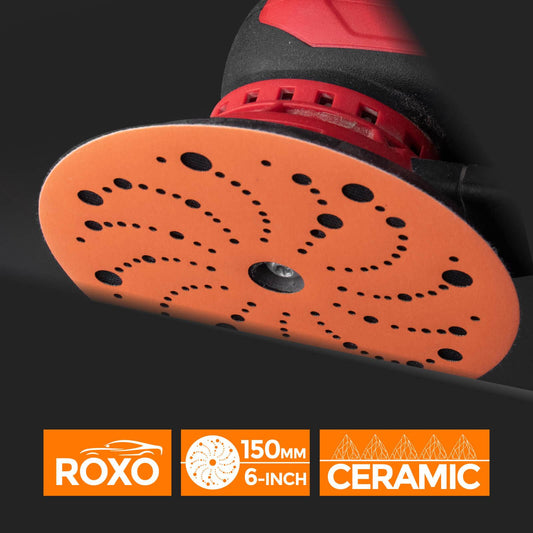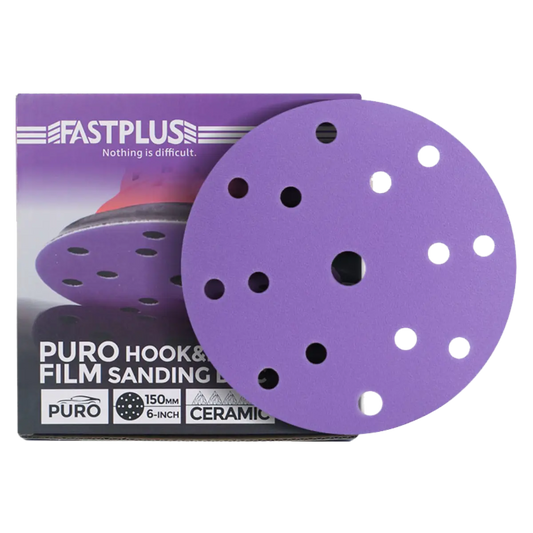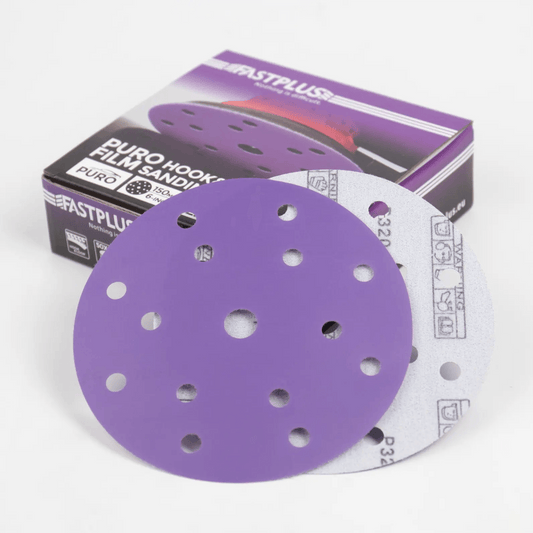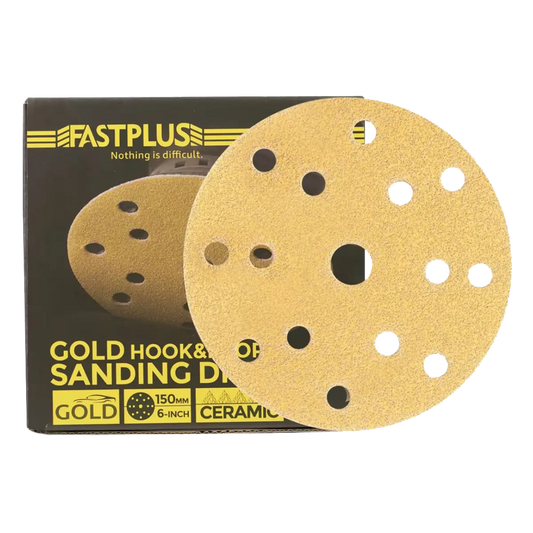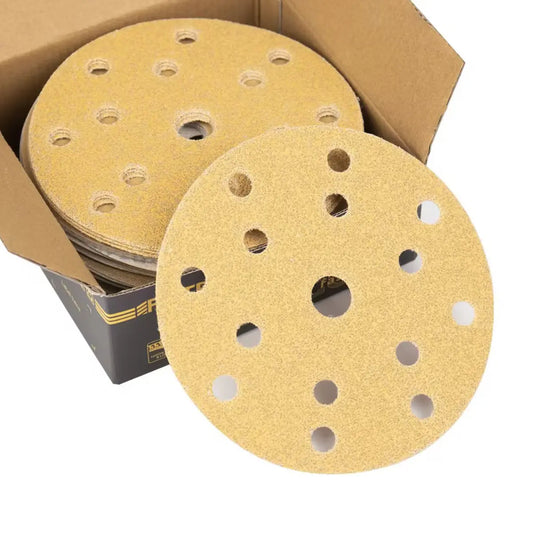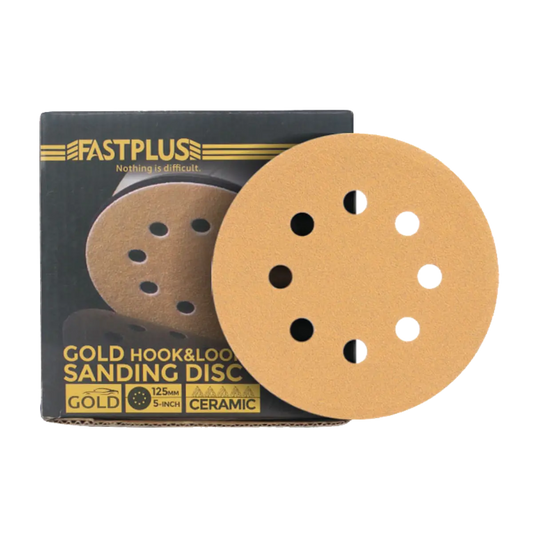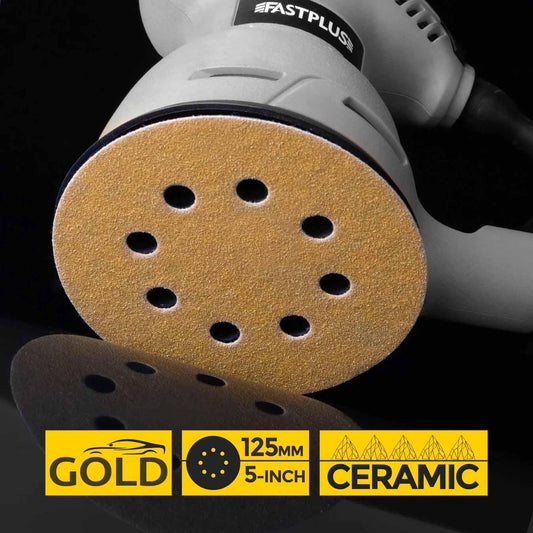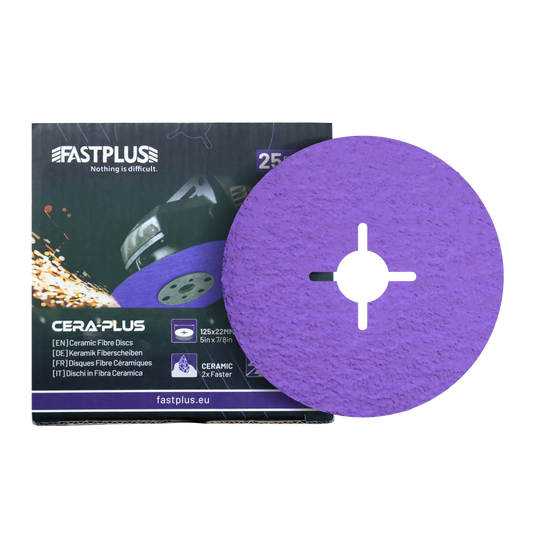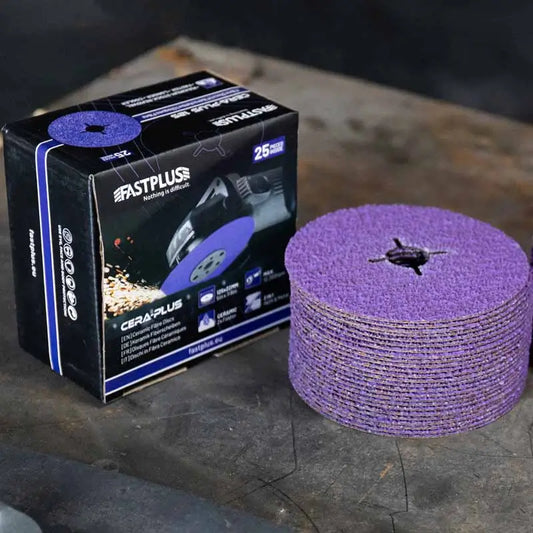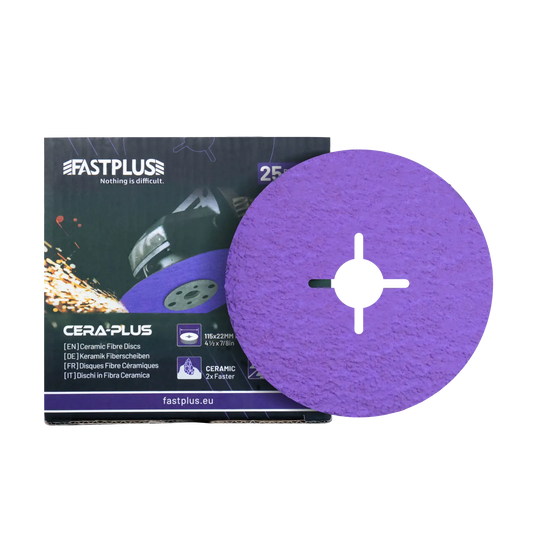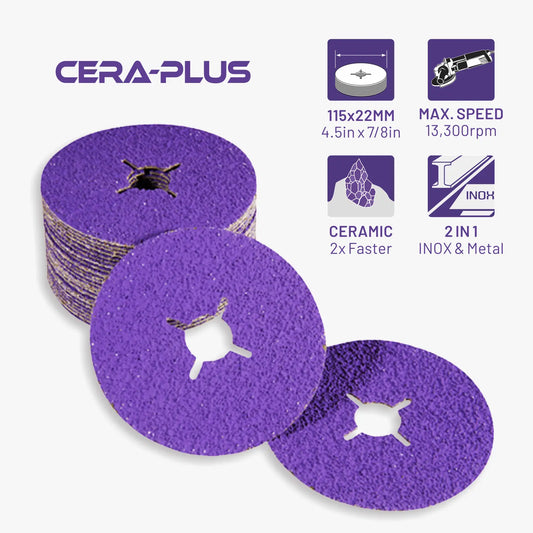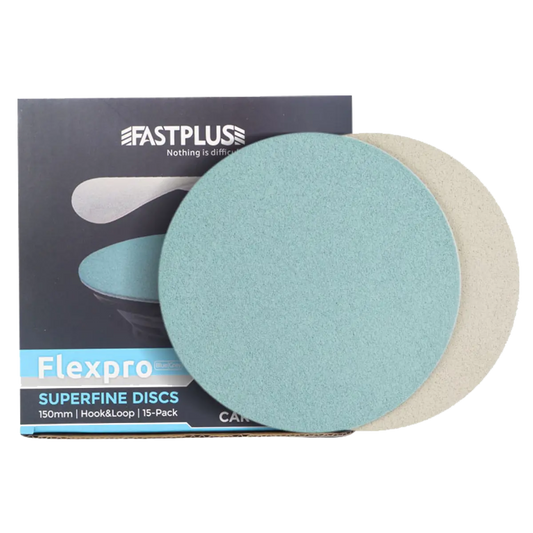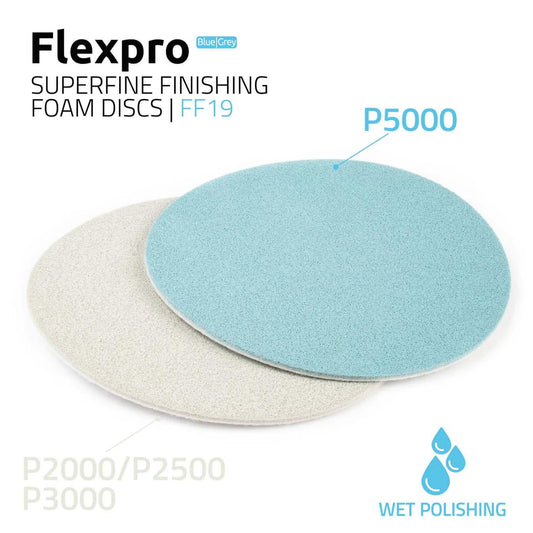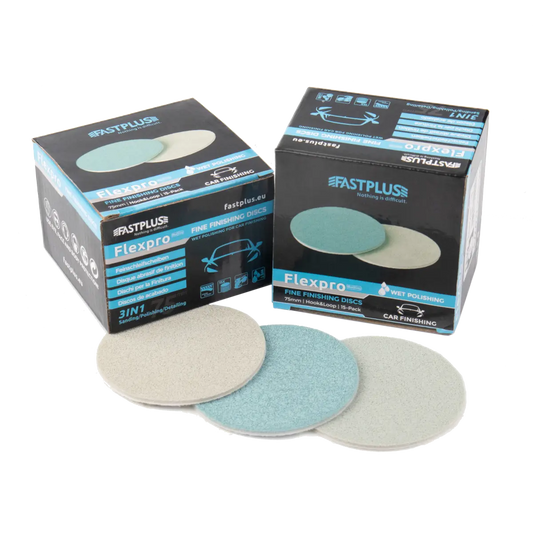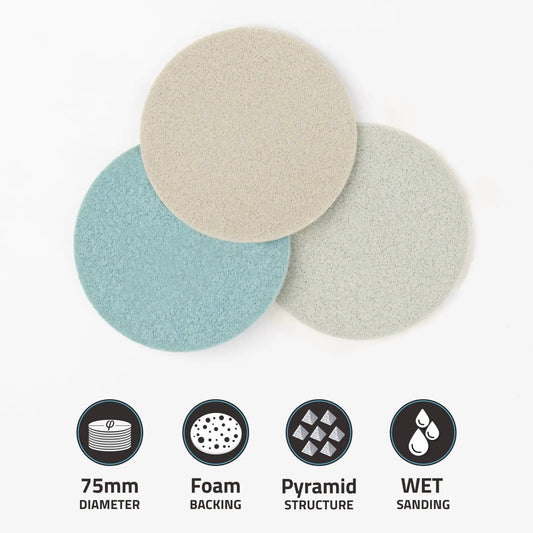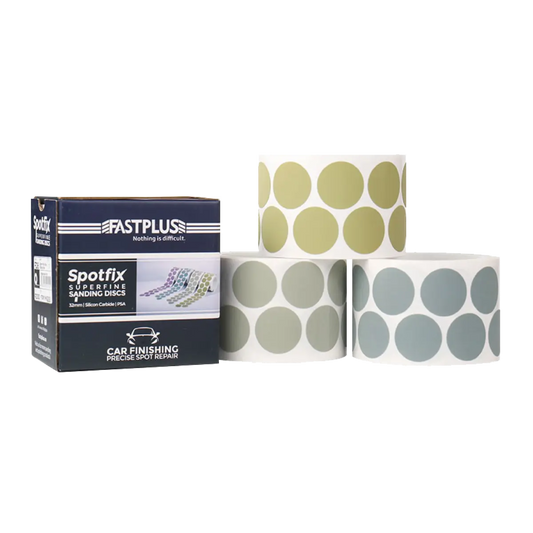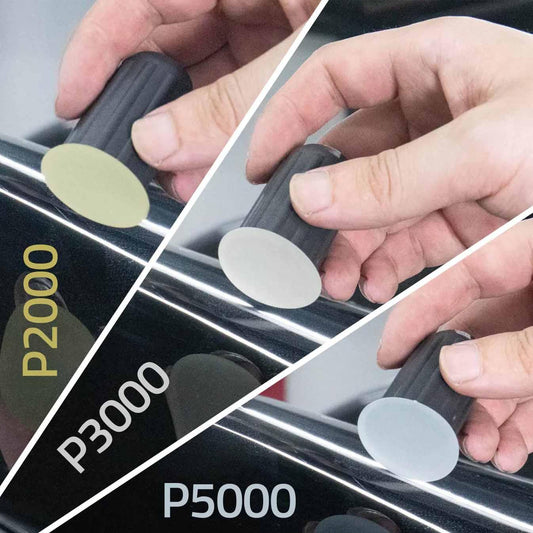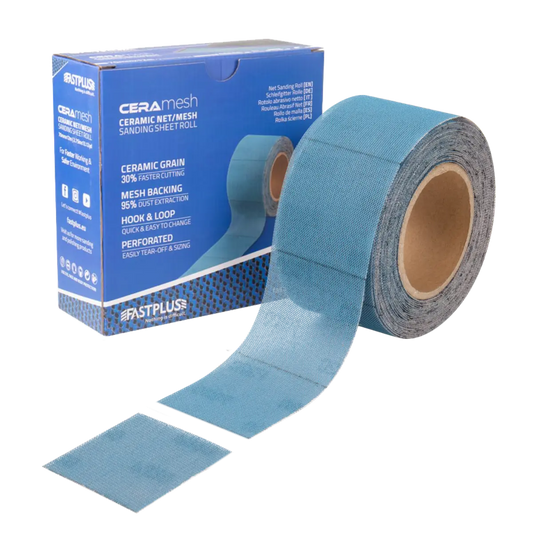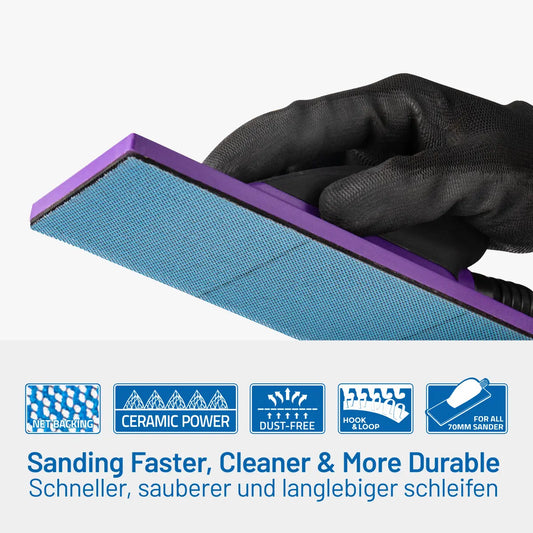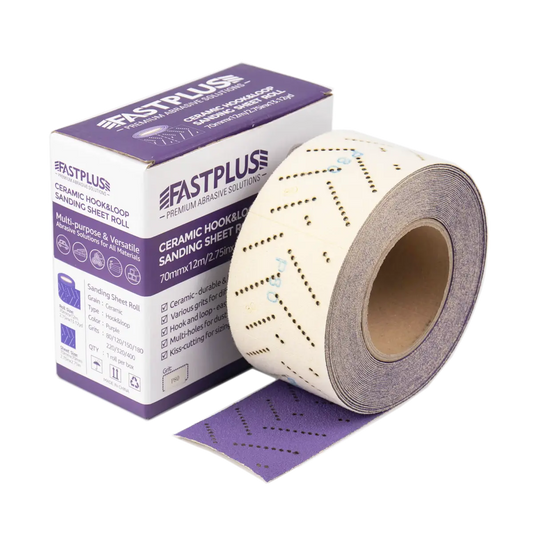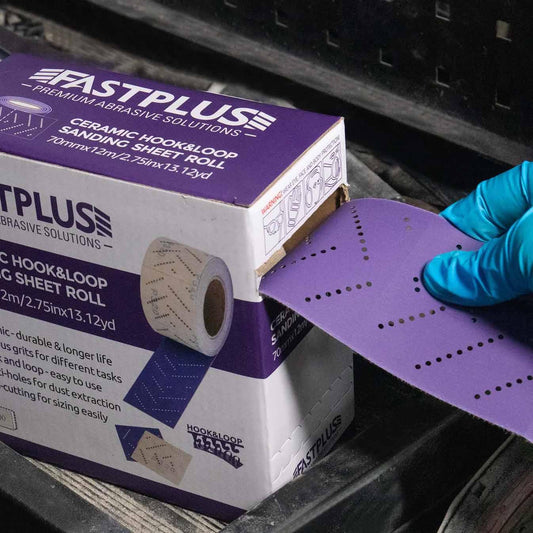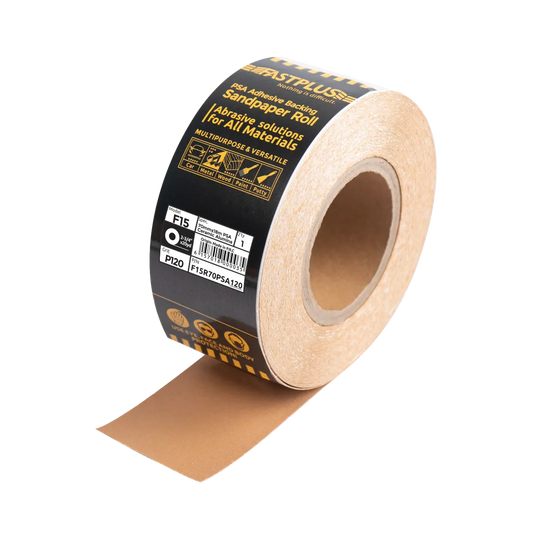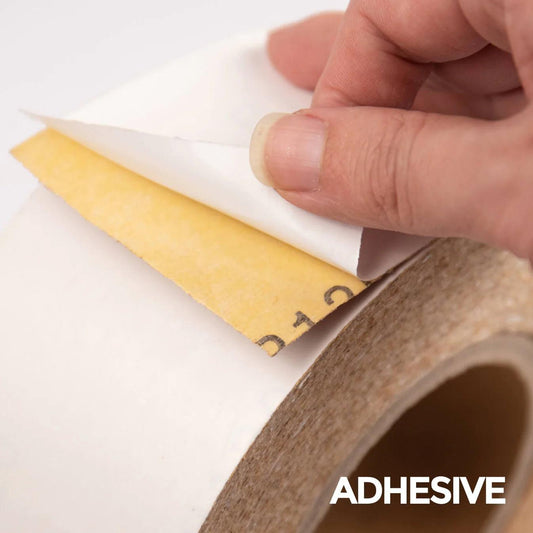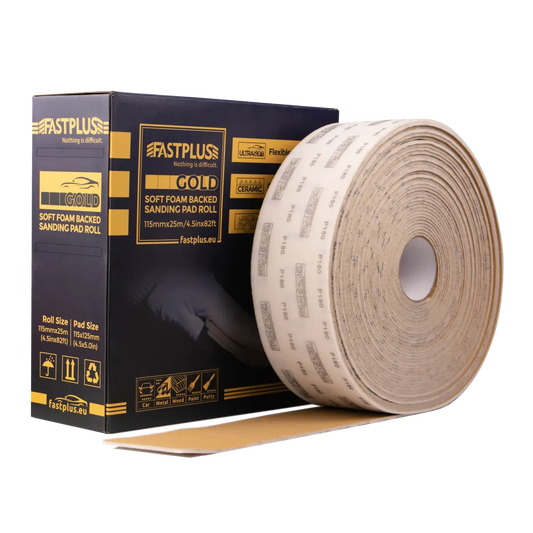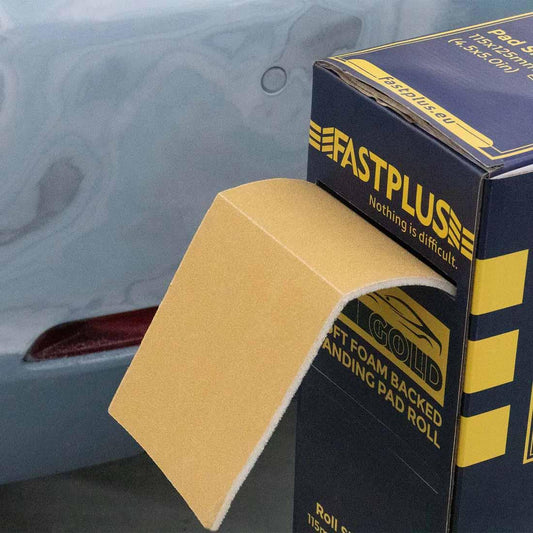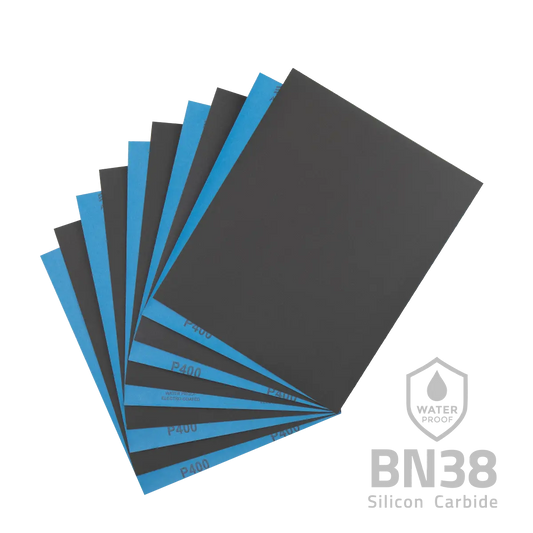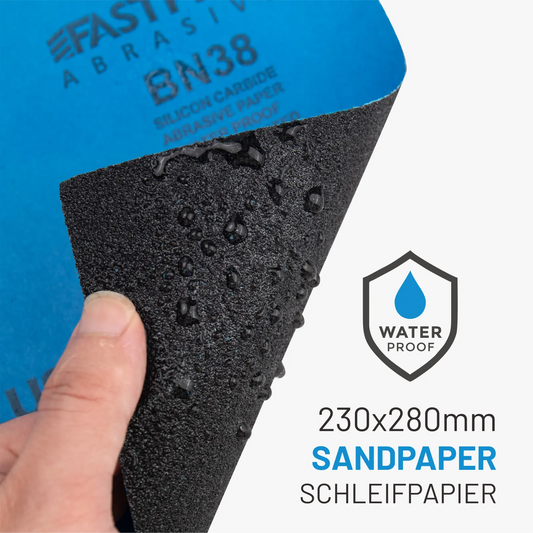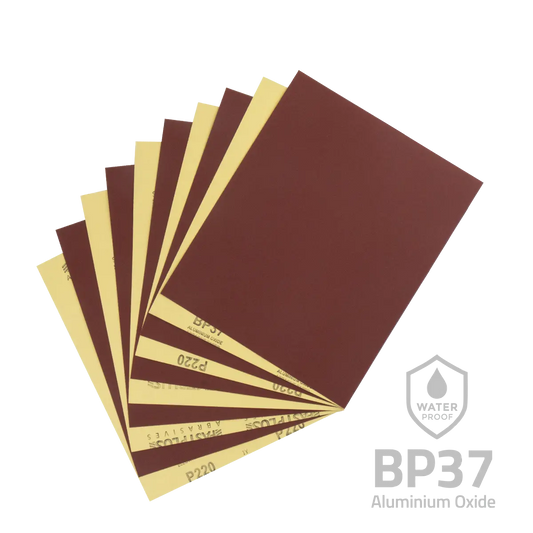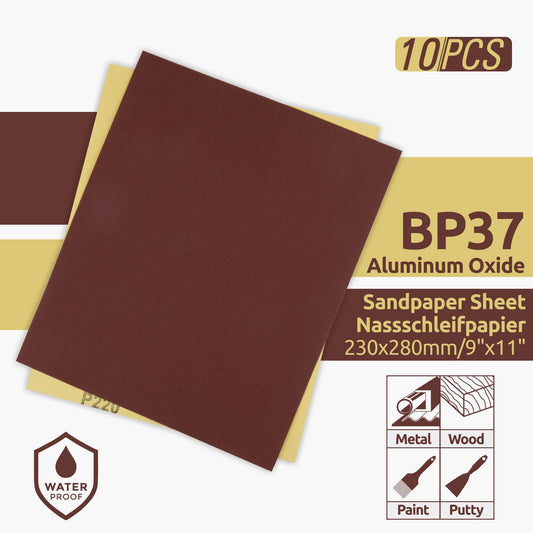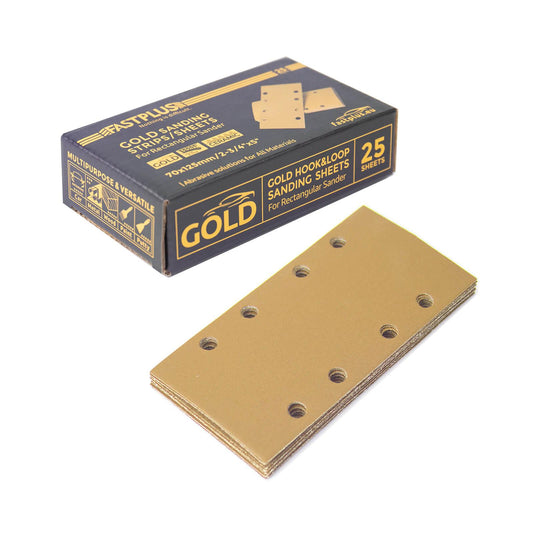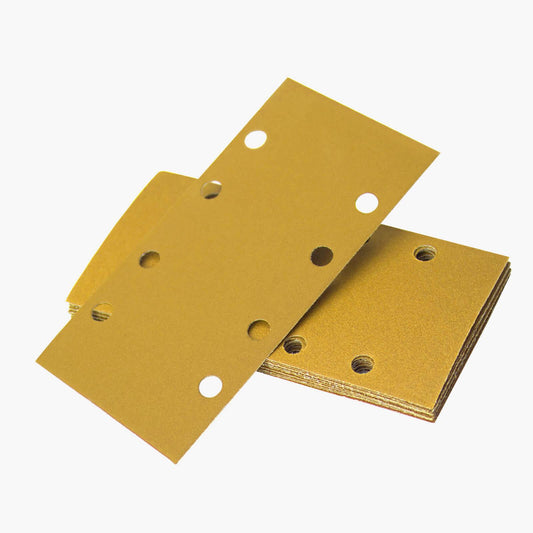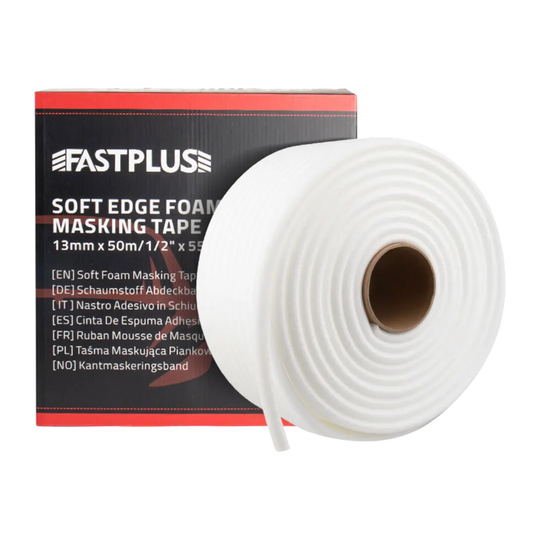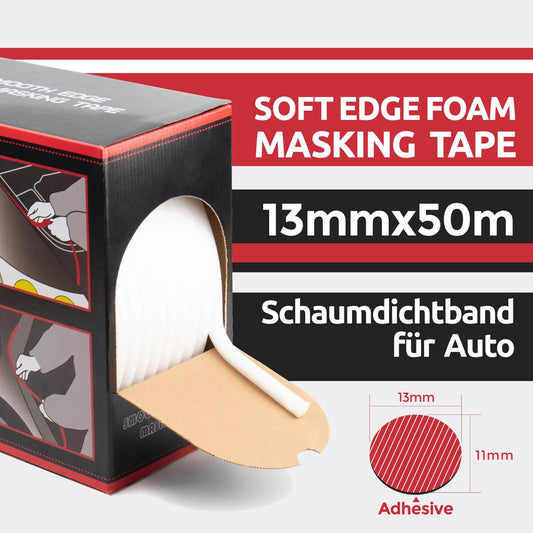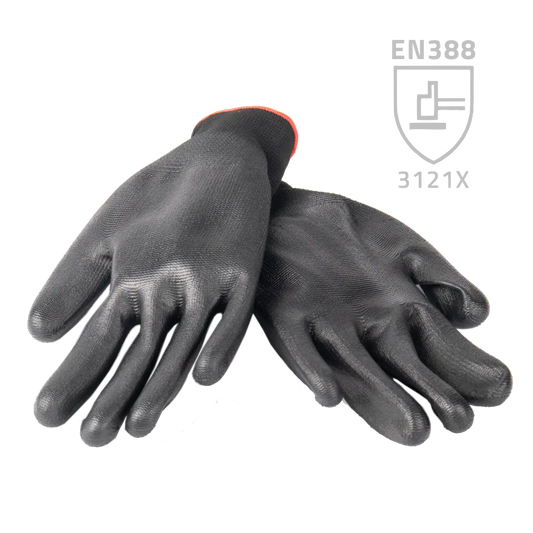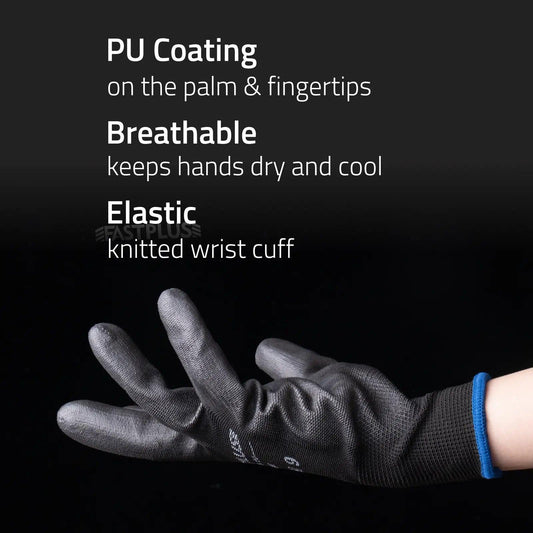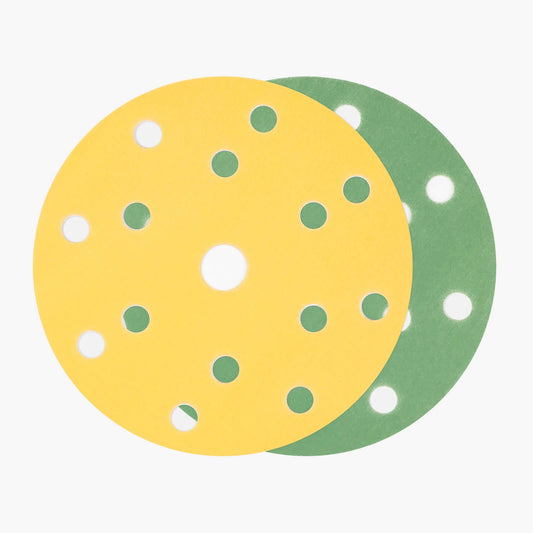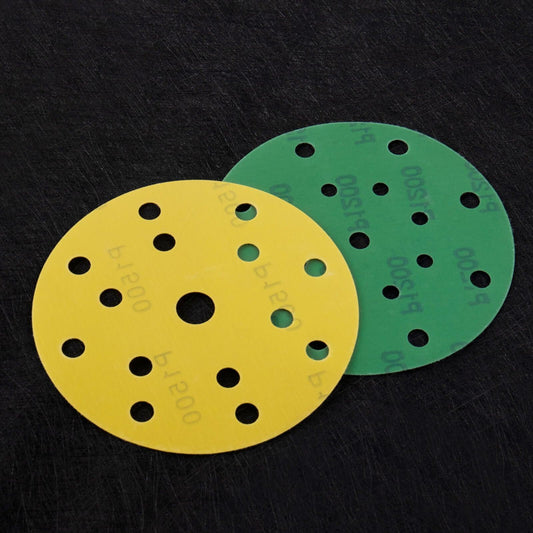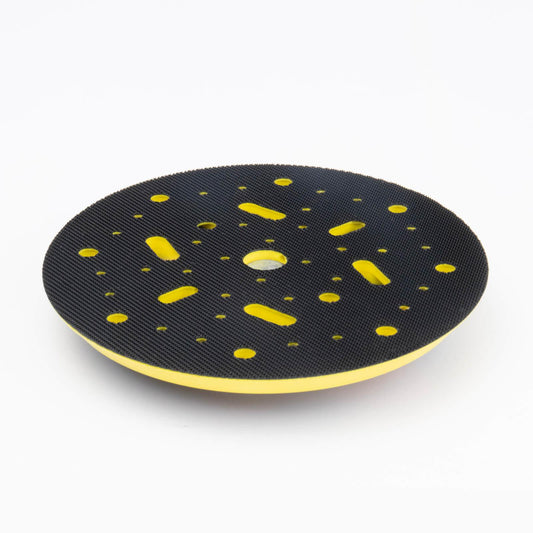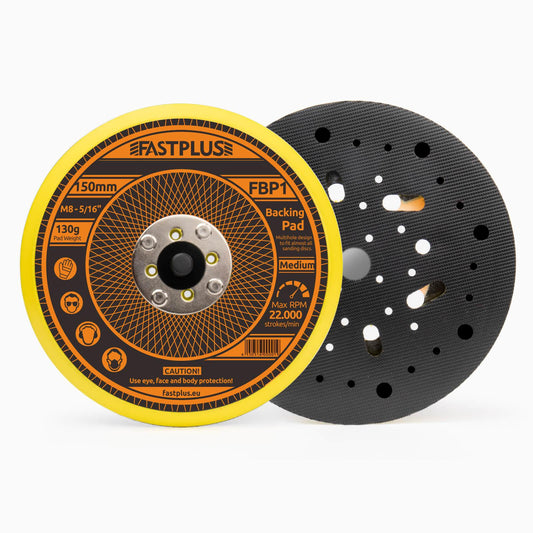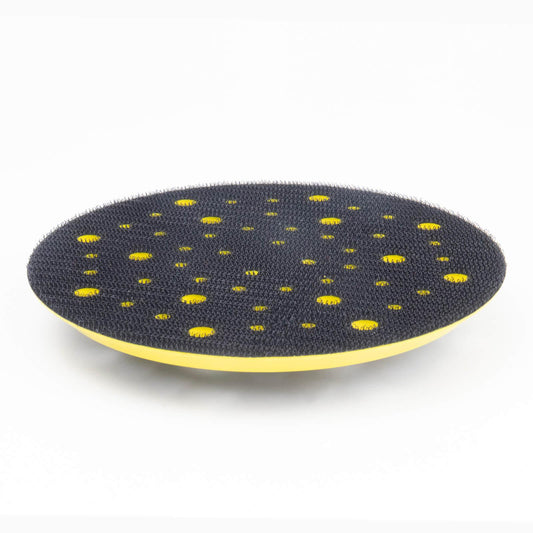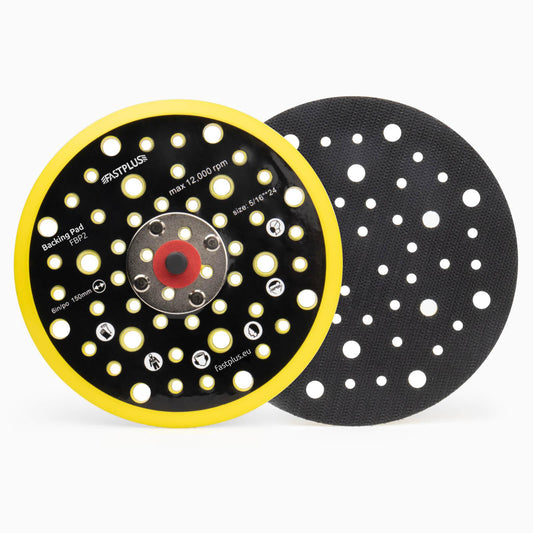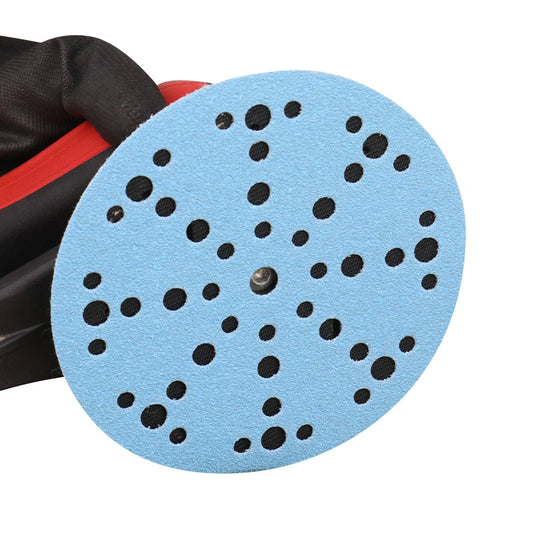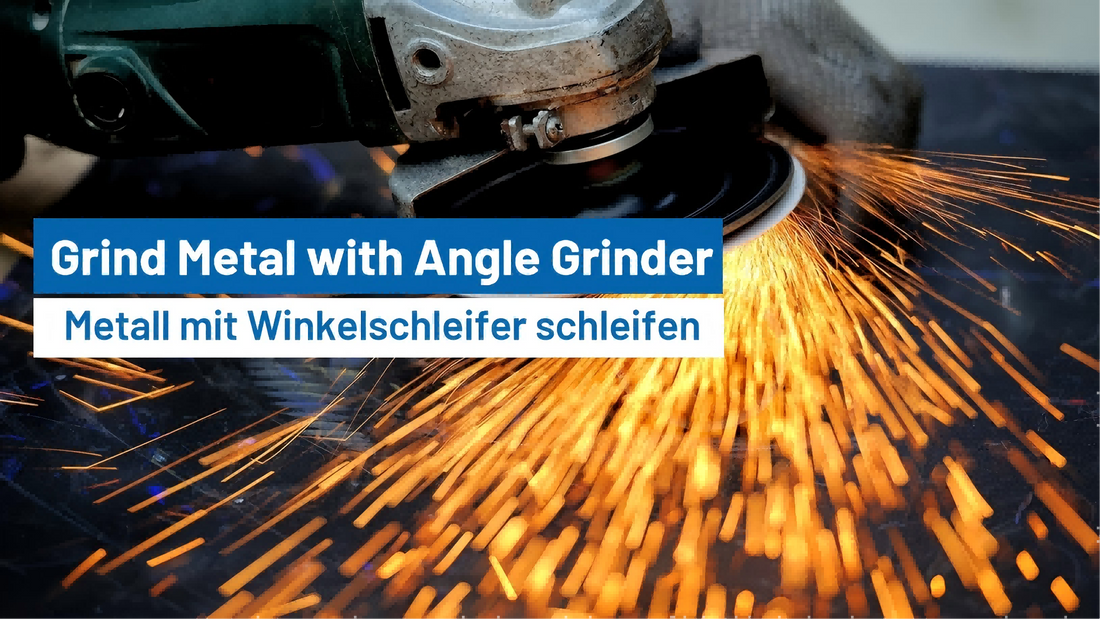
How to Grind Metal with an Angle Grinder?
Grinding metal is a common process in fabrication, metalworking, and repair jobs. An angle grinder is an essential tool for this task, allowing you to remove excess material, smooth surfaces, and prepare metal for welding or finishing. To achieve the best results, choosing the right abrasive is crucial. One of the best options is fiber discs, especially ceramic and resin fiber options that offer superior cutting speed and durability. In this guide, we'll cover how to grind metal efficiently and safely with an angle grinder.

1. Choosing the Right Grinding Disc
Selecting the appropriate grinding disc for your project is key to achieving optimal performance and longevity. Different abrasives serve specific purposes:
- Fiber Discs – Excellent for stock removal and surface preparation, offering superior cutting speed and durability.
- Flap Discs – Ideal for finishing and blending metal surfaces.
- Grinding Wheels – Used for aggressive material removal.
- Cutting Discs – Designed for slicing through metal instead of grinding.
For effective metal grinding, ceramic fiber discs such as 115mm and 125mm options provide exceptional results due to their sharp grain and strong resin bond.
2. Preparing for Grinding
a) Safety Gear
Grinding metal generates sparks, dust, and debris, making protective gear essential:
- Safety glasses or a face shield
- Gloves to protect your hands
- Hearing protection
- A dust mask or respirator
- Fire-resistant clothing
b) Secure the Metal Workpiece
Ensure your metal workpiece is clamped or held securely in place to prevent movement while grinding. This reduces the risk of accidents and enhances precision.
3. Setting Up the Angle Grinder
a) Inspect the Grinder and Disc
Before starting, check that the angle grinder is in good working condition. Ensure the fiber disc is correctly mounted and free of cracks or damage.
b) Adjust the Guard Position
The grinder's safety guard should be positioned between you and the sparks to prevent injury. Always use an angle grinder with the guard attached.
c) Select the Right Speed
Most angle grinders operate at high speeds. Adjust the speed according to the metal type and thickness to optimize efficiency and prevent excessive heat buildup.
4. Grinding Techniques for Metal
a) Hold the Grinder at the Right Angle
For effective metal grinding, hold the grinder at a 15 to 30-degree angle to the surface. This allows for efficient material removal without excessive wear on the disc.
b) Apply Consistent Pressure
Let the fiber disc do the work rather than forcing it against the metal. Excessive pressure can wear out the disc quickly and overheat the metal.
c) Move in a Steady Motion
Use smooth, sweeping motions when grinding. Moving too slowly can cause gouging, while moving too fast may result in uneven grinding.
d) Avoid Overheating
Overheating can damage both the metal and the grinding disc. If the workpiece gets too hot, take breaks or use a lighter touch to control the temperature.
5. Grinding Different Types of Metal
a) Grinding Mild Steel
 Mild steel is relatively easy to grind. Using resin fiber discs in 125mm size with ceramic grains, you can quickly remove rust, paint, or surface imperfections before welding or painting.
Mild steel is relatively easy to grind. Using resin fiber discs in 125mm size with ceramic grains, you can quickly remove rust, paint, or surface imperfections before welding or painting.
b) Grinding Stainless Steel
Stainless steel requires careful grinding to avoid discoloration and warping. High-performance fiber discs, such as 115mm ceramic and resin fiber options, are ideal due to their cool cutting properties and resistance to heat buildup.
c) Grinding Aluminum
Aluminum is softer than steel and tends to clog grinding discs. Use dedicated fiber discs designed for aluminum to prevent loading and maintain grinding efficiency.
6. Finishing and Smoothing the Surface
After grinding, you may need to refine the surface for a smooth finish. Switching to a finer grit fiber disc or using a flap disc can help achieve a polished appearance. If welding is required, remove any residual debris before proceeding.
7. Cleaning and Storing Your Tools
Proper maintenance ensures your tools last longer:
- Clean the angle grinder after use to remove metal dust and debris.
- Store fiber discs in a dry environment to prevent moisture damage.
- Inspect the grinder regularly for wear and replace parts as needed.
Conclusion
Grinding metal with an angle grinder is an essential skill for metalworkers and DIY enthusiasts. Choosing high-quality abrasives like ceramic and resin fiber discs enhances efficiency, durability, and surface finish. By following proper techniques and safety measures, you can achieve professional grinding results while prolonging the lifespan of your tools and materials.
Need premium fiber discs for your next project? Explore our selection today for top-tier grinding performance!
